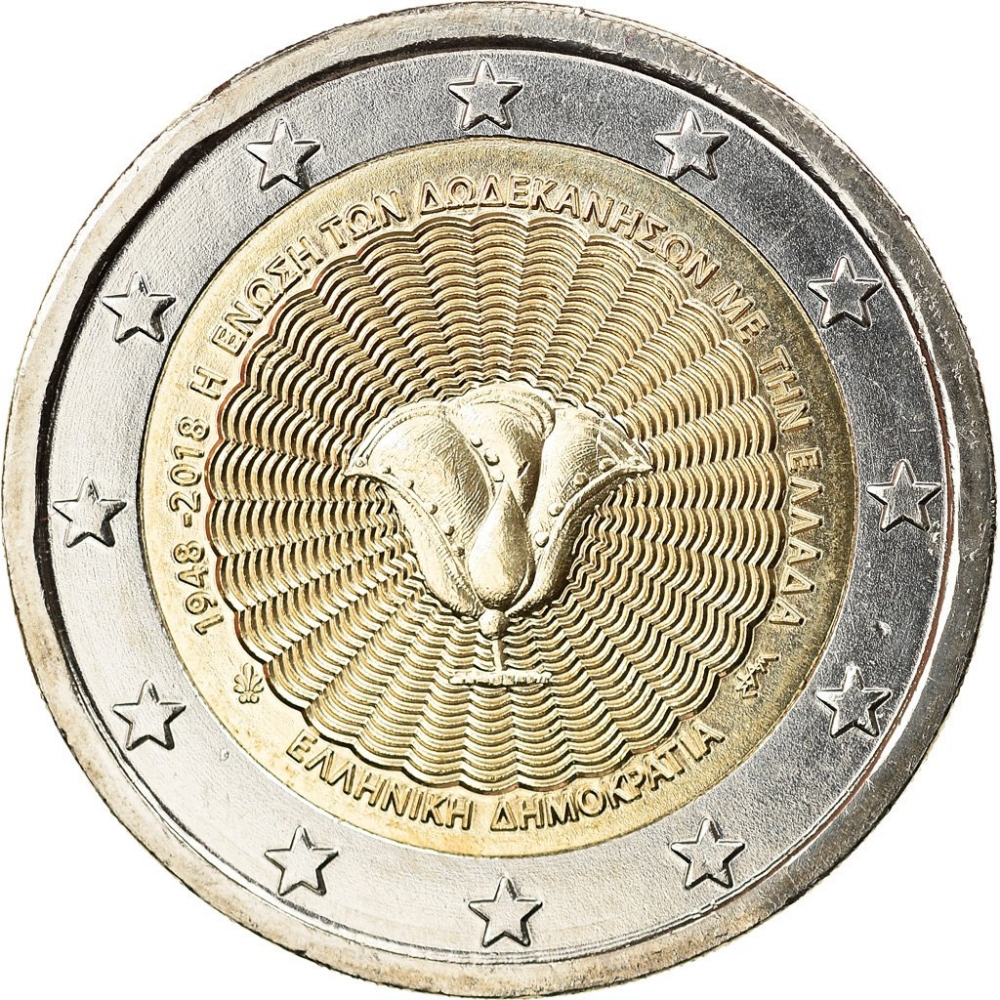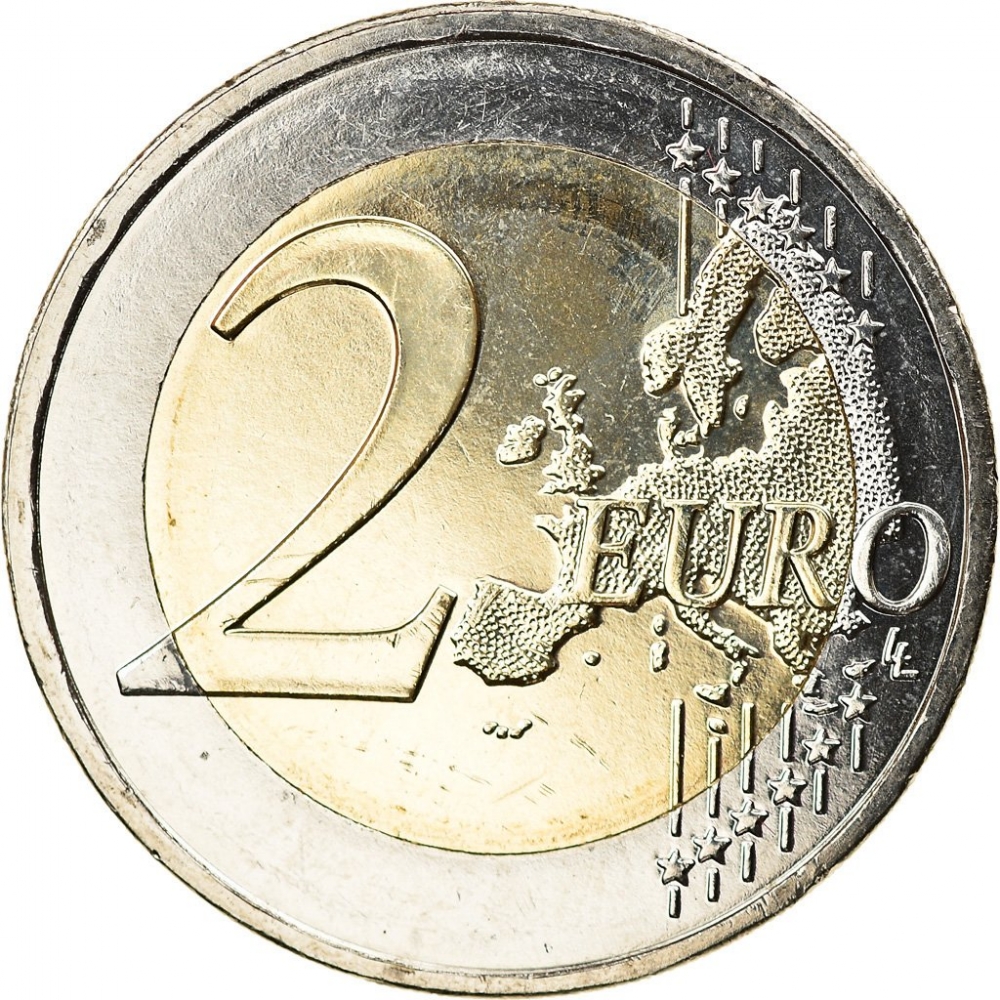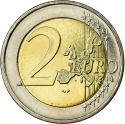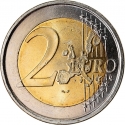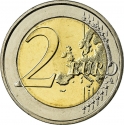You are about to finish your registration. Please check your mailbox (including spam folder). There should be a letter with a confirmation link. Check setting to make sure that your e-mail address is correct.
Send letter againDescription
The Dodecanese (literally "twelve islands") are a group of 15 larger plus 150 smaller Greek islands in the southeastern Aegean Sea, of which 26 are inhabited. The most historically important and well-known is Rhodes, which has been the area's dominant island since Antiquity. Of the others, Kos and Patmos are historically the more important; the remaining eleven are Agathonisi, Astypalaia, Kalymnos, Karpathos, Kasos, Leipsoi, Leros, Nisyros, Symi, Tilos, and Kastellorizo. Other islands in the chain include Alimia, Arkoi, Chalki, Farmakonisi, Gyali, Kinaros, Levitha, Marathos, Nimos, Pserimos, Saria, Strongyli, Syrna and Telendos.
Following the WWII, the islands became a British military protectorate, and were almost immediately allowed to run their own civil affairs, upon which the islands became informally united with Greece, though under separate sovereignty and military control. Despite objections from Turkey, which desired the islands as well, they were formally united with Greece by the 1947 Peace Treaty with Italy, ending 740 years of foreign rule over the islands.
The 70th anniversary of the incorporation of the Dodecanese within Greece was marked in 2017.
Obverse

|
Depicts a rose, inspired from a coin minted by the ancient city of Rhodes, one of the most characteristic coins of the Dodecanese, with stylised waves fanning out from the centre. Surrounded by the inscription THE UNION OF DODECANESE WITH GREECE and the HELLENIC REPUBLIC surrounded by the mintmark (stylized acanthus leaf, Athens) and the monogram of the engraver (ΣΤΑΜ, Georgios Stamatopoulos). The twelve stars of the European Union surround the design on the outer ring. 1948-2018 Η ΕΝΩΣΗ ΤΩΝ ΔΩΔΕΚΑΝΗΣΩΝ ΜΕ ΤΗΝ ΕΛΛΑΔΑ |
|---|---|
Reverse

|
A geographical map of Western Europe spans the outer ring and inner core on the right side of the coin. The inscription 2 EURO is superimposed over the map of Europe, with the numeral “2” located in an open field representing the eastern Atlantic Ocean. 2 EURO |
| Edge |
HELLENIC REPUBLIC in Greek ΕΛΛΗΝΙΚΗ ΔΗΜΟΚΡΑΤΙΑ ★ |
Characteristics
| Type | Commemorative Issue (Circulating) |
| Material | Bi-Metallic |
| Ring | Cupronickel |
| Center | Nickel Brass |
| Weight | 8.5 g |
| Diameter | 25.75 mm |
| Thickness | 2.2 mm |
| Shape |
|
| Alignment | Medal |
| Mint |
Bank of Greece
|
